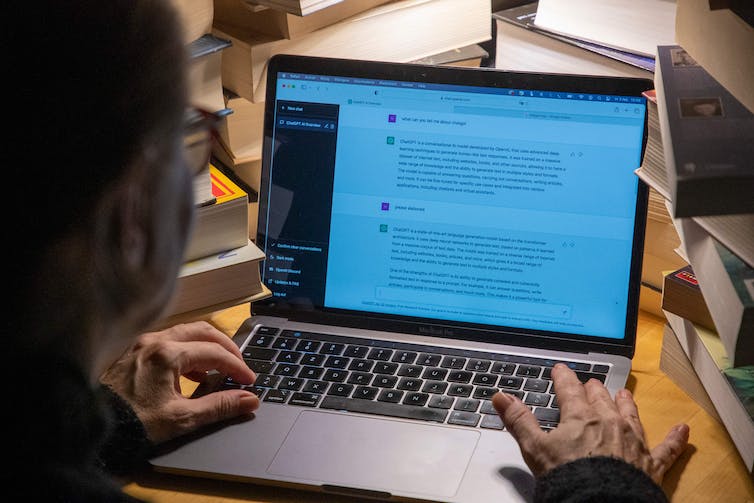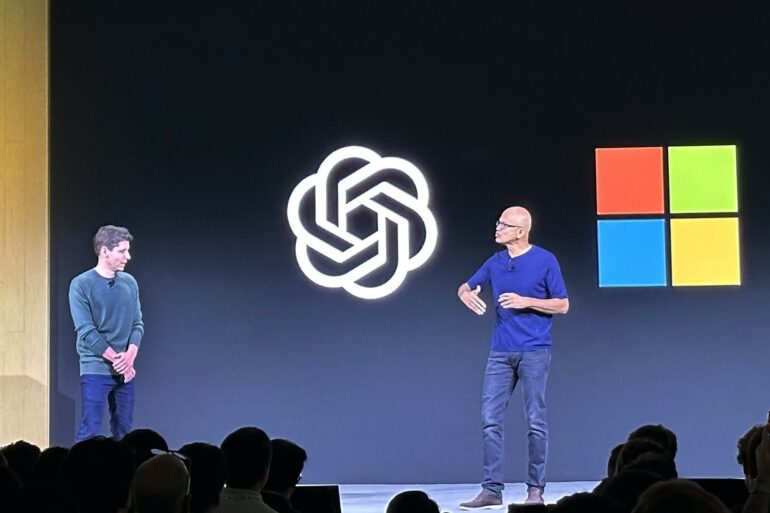ChatGPT was launched on Nov. 30, 2022, ushering in what many have called artificial intelligence’s breakout year. Within days of its release, ChatGPT went viral. Screenshots of conversations snowballed across social media, and the use of ChatGPT skyrocketed to an extent that seems to have surprised even its maker, OpenAI. By January, ChatGPT was seeing 13 million unique visitors each day, setting a record for the fastest-growing user base of a consumer application.
Throughout this breakout year, ChatGPT has revealed the power of a good interface and the perils of hype, and it has sown the seeds of a new set of human behaviors. As a researcher who studies technology and human information behavior, I find that ChatGPT’s influence in society comes as much from how people view and use it as the technology itself.
Generative AI systems like ChatGPT are becoming pervasive. Since ChatGPT’s release, some mention of AI has seemed obligatory in presentations, conversations and articles. Today, OpenAI claims 100 million people use ChatGPT every week.
Besides people interacting with ChatGPT at home, employees at all levels up to the C-suite in businesses are using the AI chatbot. In tech, generative AI is being called the biggest platform since the iPhone, which debuted in 2007. All the major players are making AI bets, and venture funding in AI startups is booming.
Along the way, ChatGPT has raised numerous concerns, such as its implications for disinformation, fraud, intellectual property issues and discrimination. In my world of higher education, much of the discussion has surrounded cheating, which has become a focus of my own research this year.
Lessons from ChatGPT’s first year
The success of ChatGPT speaks foremost to the power of a good interface. AI has already been part of countless everyday products for well over a decade, from Spotify and Netflix to Facebook and Google Maps. The first version of GPT, the AI model that powers ChatGPT, dates back to 2018. And even OpenAI’s other products, such as DALL-E, did not make the waves that ChatGPT did immediately upon its release. It was the chat-based interface that set off AI’s breakout year.
There is something uniquely beguiling about chat. Humans are endowed with language, and conversation is a primary way people interact with each other and infer intelligence. A chat-based interface is a natural mode for interaction and a way for people to experience the “intelligence” of an AI system. The phenomenal success of ChatGPT shows again that user interfaces drive widespread adoption of technology, from the Macintosh to web browsers and the iPhone. Design makes the difference.

The chat in ChatGPT is just as important as the AI under the hood.
Nicolas Maeterlinck/Belga Mag/AFP via Getty Images
At the same time, one of the technology’s principal strengths – generating convincing language – makes it well suited for producing false…



